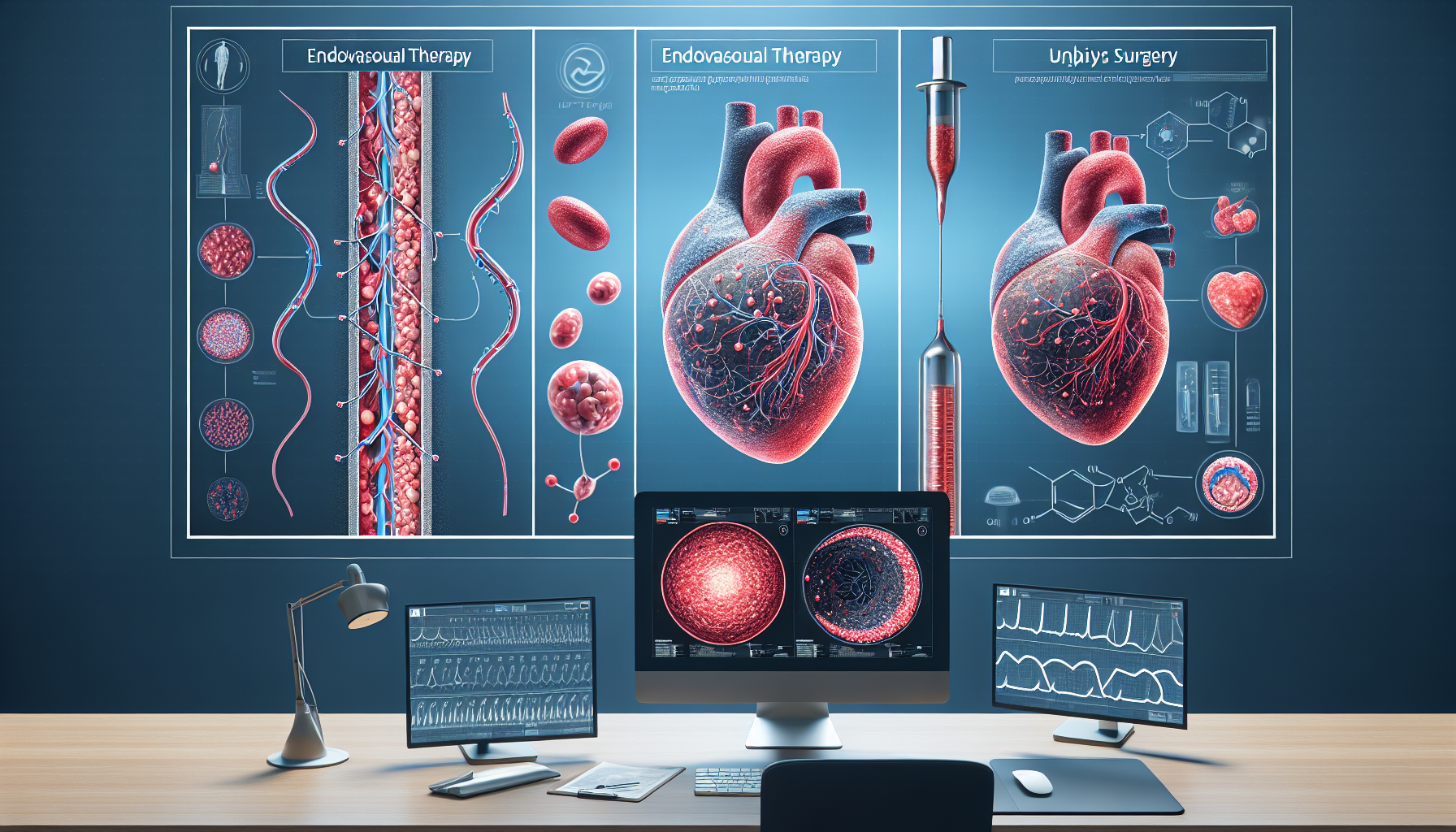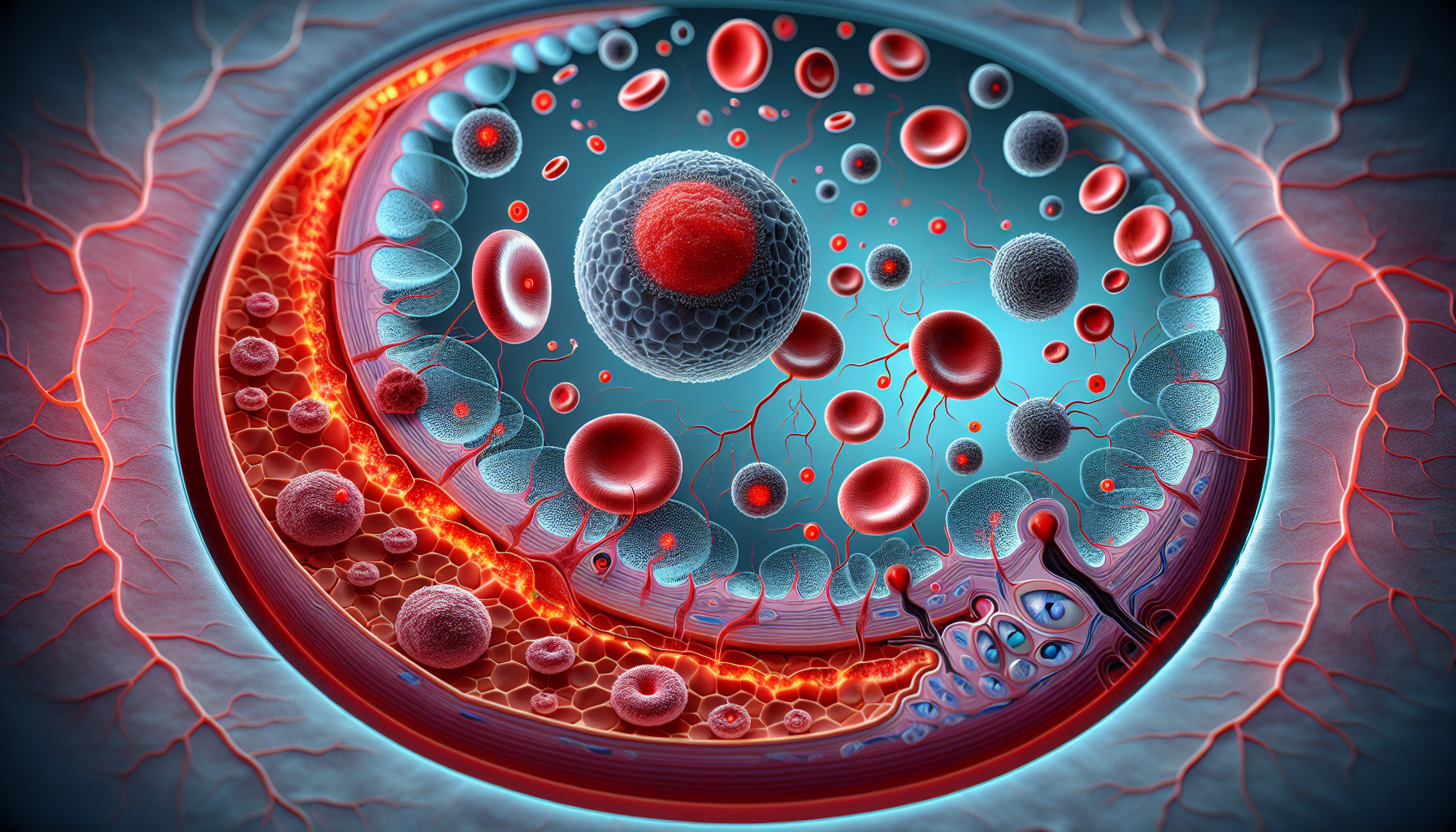Understanding Rare Ehlers-Danlos Syndrome: Life-Threatening Variants and Their Signs
Key Takeaways
- Early diagnosis of rare EDS types is crucial to prevent life-threatening complications.
- Vascular EDS can lead to severe health issues including arterial ruptures and gastrointestinal problems.
- Both childhood and adult onset forms of EDS require vigilant monitoring for timely intervention.
Did You Know?
Introduction to Ehlers-Danlos Syndrome
Ehlers-Danlos Syndrome (EDS) is a group of genetic disorders affecting the connective tissues, which provide support to skin, bones, blood vessels, and other organs. While some types of EDS are more common and well-known, others are rare and can be life-threatening if not diagnosed and managed correctly.
The Importance of Early Detection
Identifying rare EDS subtypes early is vital due to the severe complications they can cause. Primarily, clinicians should focus on the skin, as it often holds the first clue to diagnosing rare EDS types. Patients may exhibit soft, velvety skin, hyperextensibility, and atrophic scarring.
Recognizing Vascular EDS
Among the rare types, vascular EDS is particularly critical due to its association with serious vascular complications. Patients with this subtype have translucent skin, making their veins visible, and are prone to arterial ruptures, particularly in medium-sized vessels.
Ruptures can occur not only in blood vessels but also in the gastrointestinal tract, leading to severe complications including organ prolapse and fistulas. This makes immediate identification and management essential to prevent potentially fatal outcomes.
Other Serious EDS Variants
Other rare EDS subtypes, such as kyphoscoliotic EDS and periodontal EDS, also come with serious vascular risks, necessitating careful monitoring of all EDS patients for vascular problems regardless of their specific subtype.
Musculoskeletal Disorders
Musculoskeletal disorders often manifest in patients with rare types of EDS. Congenital issues like clubfeet, bilateral hip dislocation, and muscle weakness are common. Furthermore, conditions such as kyphoscoliosis and contractures may worsen progressively as the patient ages.
Childhood vs. Adult Onset
While some forms of EDS present during childhood, others may remain unnoticed until adulthood. Some patients first experience symptoms later in life, potentially triggered by an injury or trauma, making ongoing surveillance important even for those who seem healthy in their younger years.
Living with Rare EDS
Living with a rare EDS subtype requires careful management and frequent medical check-ups to monitor and treat the various complications associated with the condition. Lifestyle adjustments and medical interventions can significantly improve quality of life and prevent severe complications.
Conclusion
Overall, recognizing the signs of rare EDS types is crucial for preventing severe health issues. By focusing on early detection and comprehensive management plans, healthcare providers can help patients lead healthier, more stable lives despite their genetic conditions.






